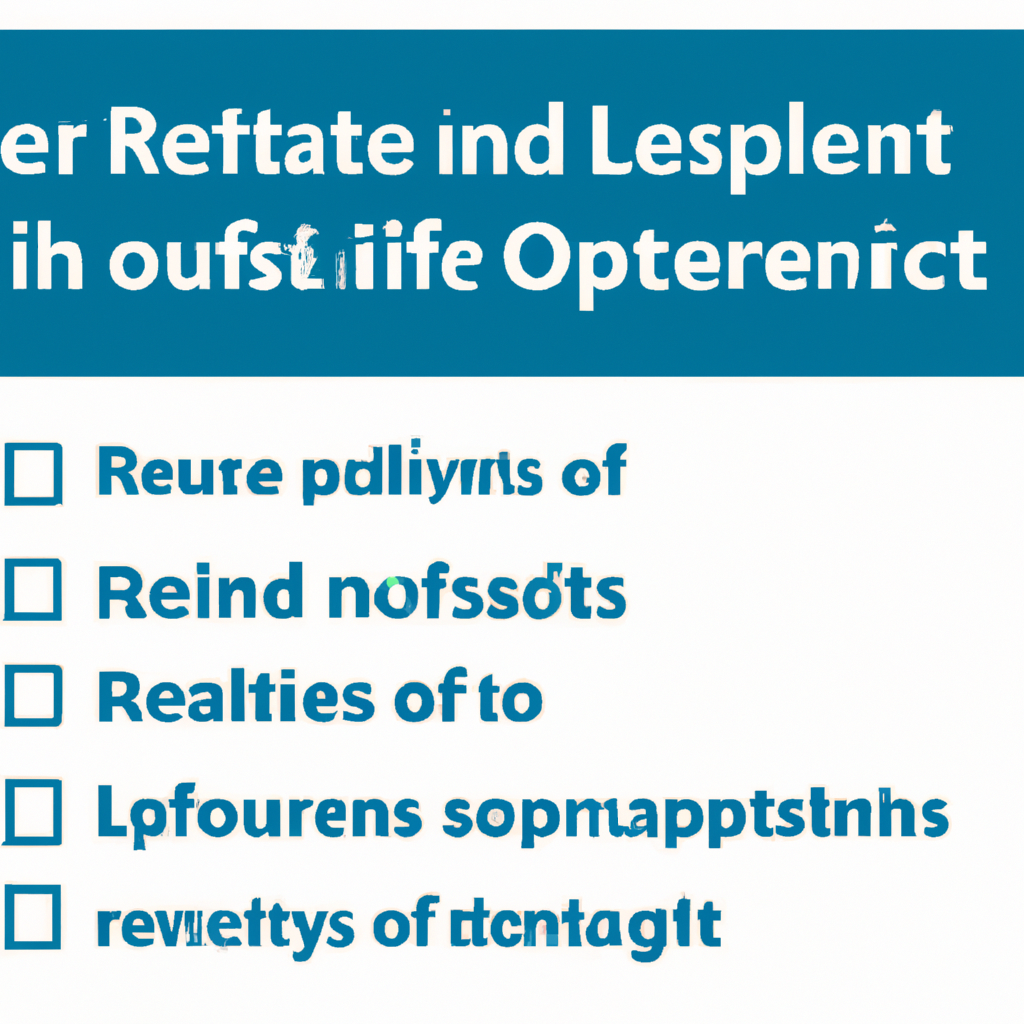Understanding Lifting Operations in Construction
Lifting operations are a critical component of construction projects, especially on busy building sites. Whether you are working on a high-rise, residential development, or commercial project, the rules for lifting operations on building sites near me play an essential role in protecting workers, equipment, and bystanders from harm. Implementing proper lifting safety procedures and maintaining compliance with regulations are key to reducing risks and increasing efficiency on site.
Key Regulations and Standards for Lifting Operations
Construction and building site lifting operations are governed by several important standards and regulations to ensure safety and operational excellence. These include:
- Health and Safety Guidelines: National and local regulations demand that every lifting operation is properly planned, supervised, and carried out safely.
- LOLER (Lifting Operations and Lifting Equipment Regulations): These regulations require thorough examination of lifting equipment, proper documentation, and regular maintenance checks.
- Risk Assessment: Before any lifting task begins, a comprehensive risk assessment must be conducted to identify potential hazards and implement control measures.
- Qualified Personnel: Only trained and competent personnel should operate lifting equipment such as cranes, hoists, and winches.
By adhering to these standards, site managers and workers can minimize the risk of accidents and maintain a safe environment for everyone involved.
Step-by-Step Lifting Operation Procedures
To ensure safety and compliance on building sites near you, follow these essential steps for every lifting operation:
- Planning: Define the scope of the lifting operation, choose the right equipment, and assign roles to qualified team members.
- Site Preparation: Inspect the area for obstructions, ensure stable ground conditions, and establish exclusion zones to keep unauthorized personnel clear.
- Inspection of Equipment: Carry out daily checks and periodic inspections of cranes, slings, and lifting accessories. Log any defects or issues.
- Communication: Use standard hand signals and two-way radios to maintain clear communication between the lifting team and the crane operator.
- Execution: Lift loads slowly and steadily, avoid sudden movements, and never exceed the equipment’s safe working load. Monitor wind speeds and weather conditions.
- Completion and Review: Once the operation is finished, secure all equipment, review the process, and log any incidents or near-misses for future improvement.
Common Hazards in Lifting Operations
Understanding potential hazards is vital for preventing accidents during lifting operations on building sites near you. Some common risks include:
- Overloading of cranes or hoists
- Poor ground conditions leading to equipment instability
- Inadequate signaling or communication errors
- Improper rigging techniques
- Weather impacts, such as high winds or rain
- Proximity to power lines or other dangerous structures
Implementing safety measures, such as exclusion zones, regular training, and equipment maintenance, can significantly reduce these hazards.
Best Practices for Safe Lifting Operations
Adopt the following best practices to keep your lifting operations safe and compliant:
- Use of Personal Protective Equipment (PPE): Hard hats, gloves, safety boots, and high-visibility clothing should always be worn.
- Continuous Training: Regular refresher courses and toolbox talks on lifting safety for all team members involved.
- Clear Signage: Proper signage for lifting zones, exclusion areas, and emergency procedures.
- Load Assessment: Ensure every load is properly assessed for weight, shape, and stability before lifting.
- Monitor Weather Conditions: Suspend operations during adverse weather, especially high winds or lightning.
- Incident Reporting: Encourage a culture of reporting near-misses and unsafe conditions to promote continuous improvement.
LSI Keywords for Lifting Operations Safety
Incorporating latent semantic indexing (LSI) keywords in your safety documentation and training materials can help reinforce key concepts and improve communication. Useful LSI keywords for this topic include:
- lifting equipment inspection
- construction site safety protocols
- safe lifting procedures
- crane operation guidelines
- building site health and safety
- lifting risk assessment
- rigging and slinging best practices
- lifting plan development
- heavy lifting regulations
Using these terms throughout your site’s documentation helps ensure thorough understanding among workers and compliance with industry standards.
Conclusion: Why Following Lifting Operation Rules Matters
Adhering to the rules for lifting operations on building sites near me is not just about compliance—it’s about protecting lives, reducing downtime, and ensuring the success of every construction project. By planning each lift, training your teams, maintaining equipment, and fostering a culture of safety, you can create a safer and more productive building site. Remember, safe lifting is everyone’s responsibility!
